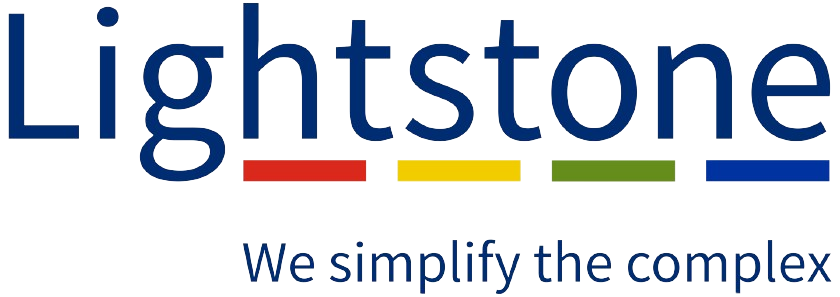As 2025 comes to an end, South Africa's automotive market stands at one of its most encouraging turning points in a decade after months of strong new vehicle sales. By the end of October, 493 070 units had been reported to naamsa, just 4% behind the total in 2024. Passenger vehicles led the recovery, while October sales alone grew 16.1% year-on-year, extending an eight-month run of double-digit growth.
We now expect 2025 new vehicle sales to finish at around 592 000 units, nearly 15% higher than 2024 and the largest annual volume in ten years. Interest rates are lower, GDP growth is expected to improve and with inflation contained within the new 2% - 4% target band the foundations for continued recovery are encouraging. Get the full insights on new vehicle sales in Bumper year for new vehicle sales.
Consumer vehicle preferences have continued to reshape the market. In Gear change in Light Vehicle sales, we see the Crossover/SUV body shape entrench its dominance, accounting for more than two out of every five Light Vehicles sold and growing sharply year-on-year. Hatchbacks and other key segments, including Panel Vans, have also posted solid gains.
The long-standing dominance of traditional brands has been challenged by the rapid rise of new entrants, particularly from China. Chery, Omoda, Jetour, JAC and Beijing have moved from a 0.5% combined market share in 2022 Q2, to a meaningful double-digit share of 10% in the two most recent quarters of 2025 - powered by advanced technology, competitive pricing and longer warranties. Consumer choice is expanding, and brand loyalty is being redefined by affordability, and perceived product quality and value.
Financing behaviour adds an important layer to the story as we learn from the insights in our article South Africans prepared to spend more to finance vehicle purchases. Average monthly repayments for financed vehicles have risen considerably since 2019, but buyers have adjusted rather than withdrawn. Longer finance terms and careful model choices have helped sustain demand, while the gap between typical repayments for new and used vehicles has narrowed.
Encouragingly, new vehicle price inflation remains low, and used vehicle price declines have moderated, signalling stabilisation after post-pandemic volatility, and this supports a more predictable trading and financing environment. Taken together, these developments position the sector for interesting times ahead.
It has been an interesting year for the automotive industry. I hope the perspectives we share help to enrich your decisions, see opportunities earlier and feel more confident about the road ahead.
We look forward to continuing the journey together in 2026.

